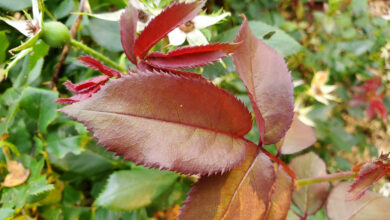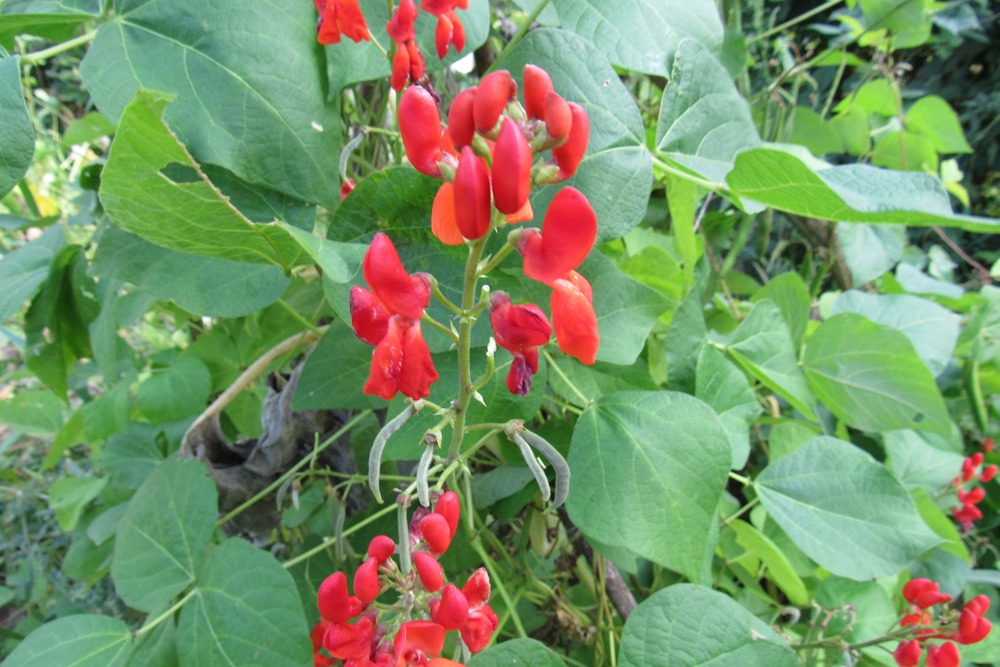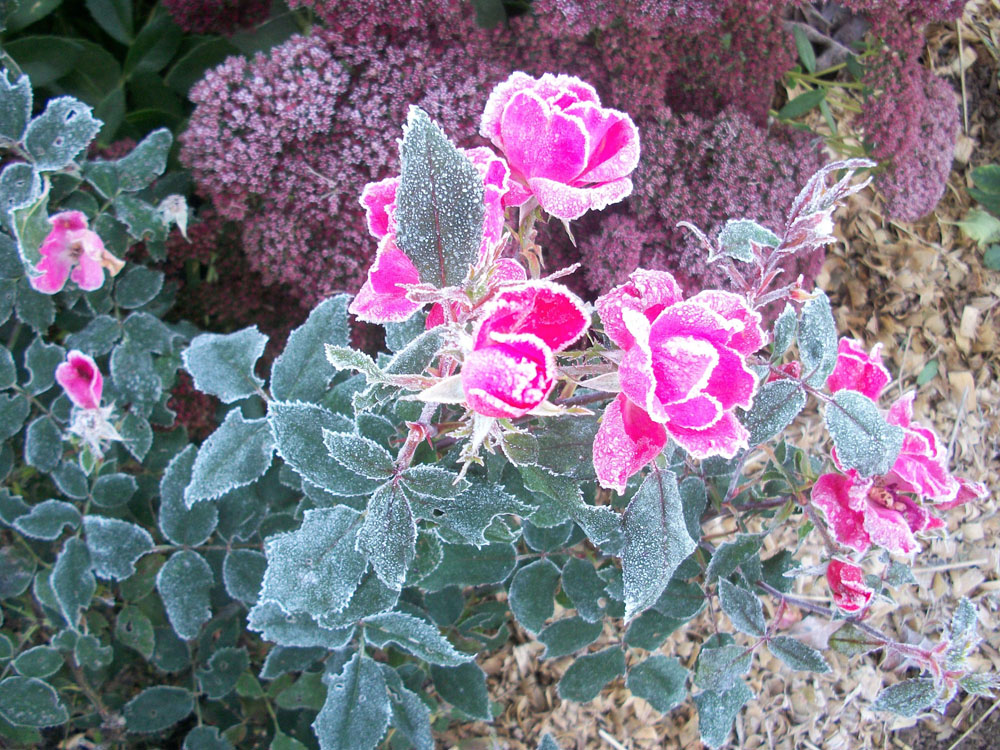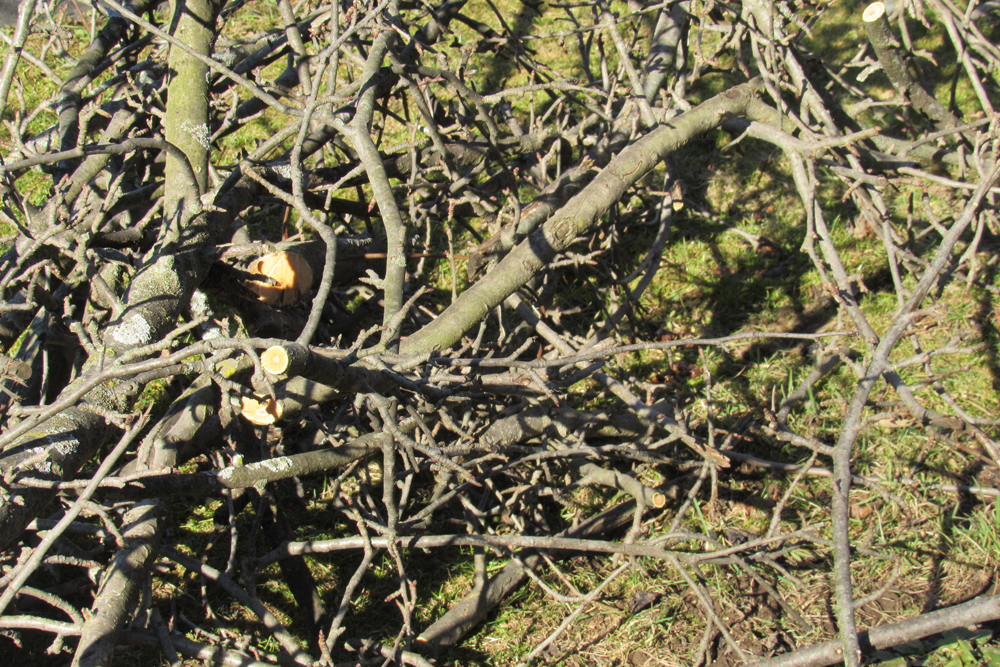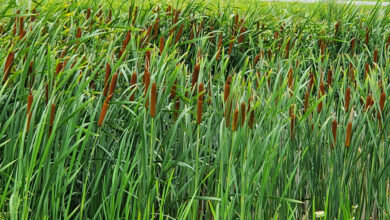Fun facts about sunflowers

Sunflowers are a garden favorite and their blooms are often associated with autumn. Here are some fun facts about this cheerful annual that can be grown for both its colorful flowers and its edible seeds
Sunflowers are a composite flower. The petals that surround the center are actually individual flowers called ray flowers. The University of Illinois Extension explains that the center of the sunflower is made up of disc flowers which can number in the hundreds. It’s easy to see why sunflowers are popular with bees.
The University of Illinois Extension also says it is a common misconception that sunflowers are heliotropic – that the flower heads follow the sun. Smaller, immature flowers will track the sun during the day, but return to face east again at night and repeat the cycle again when the sun rises. However, stems begin to stiffen as flowers mature and open. Most sunflowers end up permanently facing east. Researchers at the University of California found that sunflowers facing east warm up faster than west-facing flowers. This makes them more attractive to pollinators.
We may think of sunflowers as an ornamental plant, but the University of Illinois notes that they were grown as a food crop for thousands of years by Native Americans. It is believed that sunflowers were first cultivated in what is now Arizona and New Mexico as long as 5,000 years ago. They have been grown in the midwest for more than 2,000 years.
The Spaniards brought sunflowers to Europe in the 16th century where they were grown primarily as an ornamental. That changed, however, when sunflowers were brought to Russia. Russians grew sunflowers as a modern food crop for the production of sunflower oil. By the 19th century, sunflower production increased rapidly in Russia and spread to Ukraine. By the early 20th century, sunflowers had become a major food crop in Russia and the country began concentrated breeding efforts to increase the oil content of seeds. Eventually, cultivars such as ‘Mammoth Russian’ were introduced in this country, where commercial production of sunflower oil began in Missouri in 1926.
Today, there are more than one million acres of sunflowers planted for oil production. The seeds are also sold as tasty snacks for humans and as seed for birds.
Sunflowers grow fast and do best in full sun. They don’t like soggy soil and are drought tolerant. There are varieties for every garden setting, including cut flower beds, borders, and containers. Be creative with your sunflower plantings. Tall varieties can serve as a living fence, or make a sunflower house by planting sunflowers in a square or circle about six to eight feet across. Make an entryway and plant in two staggered rows to make the walls thicker. A sunflower house can be a special garden hideaway for youth as well as adults.
Two favorites from this year’s Annual Flower Trials Program at Cornell University are Proven Winners sunflower varieties. Both Suncredible Yellow and Suncredible Saturn have profuse blooms which are big draws for pollinators. Keep these varieties in mind as you plan next year’s garden and expand on the varieties of sunflowers that you grow.



